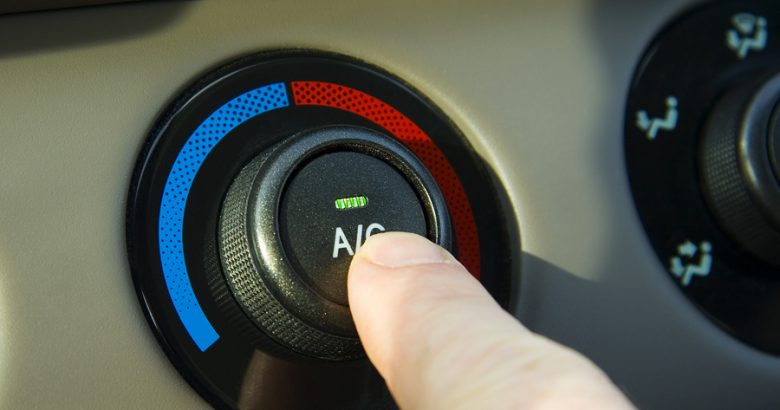
On hot summer days air conditioning can come in very handy. Without it, you would be very uncomfortable in the car, particularly if you prefer to drive with the windows up. Just about every vehicle sold on the market today has air conditioning, even though that in the past it was some add-on luxury or a big dream to have it. Have you ever wondered about how the air conditioning system came to evolve in vehicles? Keep reading to learn more about how it did!
An Umbrella for a Cross-Country Journey
In 1903 a Packard Model F, nicknamed “Old Pacific,” was driven coast-to-coast in the United States. At this time cars did not have any kind of enclosed cabin. However, to accommodate themselves the car’s driver used a large umbrella for shade, especially to make it a bit cooler during hot desert crossings!
A Cushion for Convenience
In 1919 the Kool Kooshion seat cover began to be available with vehicles, and the feature actually still sells today at retailers. The Kool Kooshion uses small springs to hold a driver about one half of an inch above the car seat. This little bit of space allows for air circulation underneath the driver. If there is sweat on a driver’s back it allows for that sweat to evaporate and keep the driver cool.
The Knapp Limo-Sedan Fan
In 1921 The Knapp Limo-Sedan fan came to vehicles. The Knapp Limo-Sedan fan was a small electric fan added to the car’s interior. These fans, connected to the car’s battery, helped to evaporate sweat on the driver and passengers and created a breeze. People also liked these fans because they kept mosquitoes, flies and other insects away.
A Similar Contraption to the Mid 2010s
In 1939, Packard was the first car manufacturer to offer air conditioning on their vehicles. You might be thinking that this looked something like the modern day air conditioning system between the driver and front passenger seat, but that was not the case. The air conditioning system of 1939 was located in the trunk. You also had to manually install or take out the drive belt from the air conditioning compressor to turn the system on or off. Sounds like a pain, but this was really a great thing to have in cars at the time. However, this contraption didn’t last for too long because of its price: roughly 20% of a person’s yearly income at the time.
The AMC Ambassador
By 1969, over half of all cars made in the United States had air conditioning. Just before this time, the AMC Ambassador was the first car that automatically came with air conditioning–the driver did not need to order it from a list of optional equipment!
The Present Day
As implied above, in present-day vehicles we have air conditioning systems that didn’t exist in cars multiple decades ago. In the present day there are discussions happening about possible new air conditioning refrigerant systems. If you ever have any problems with your air conditioning, you know where to turn to for a repair: Hyundai of White Plains, NY, a local car dealer!
Image Source: automotivepalace.com